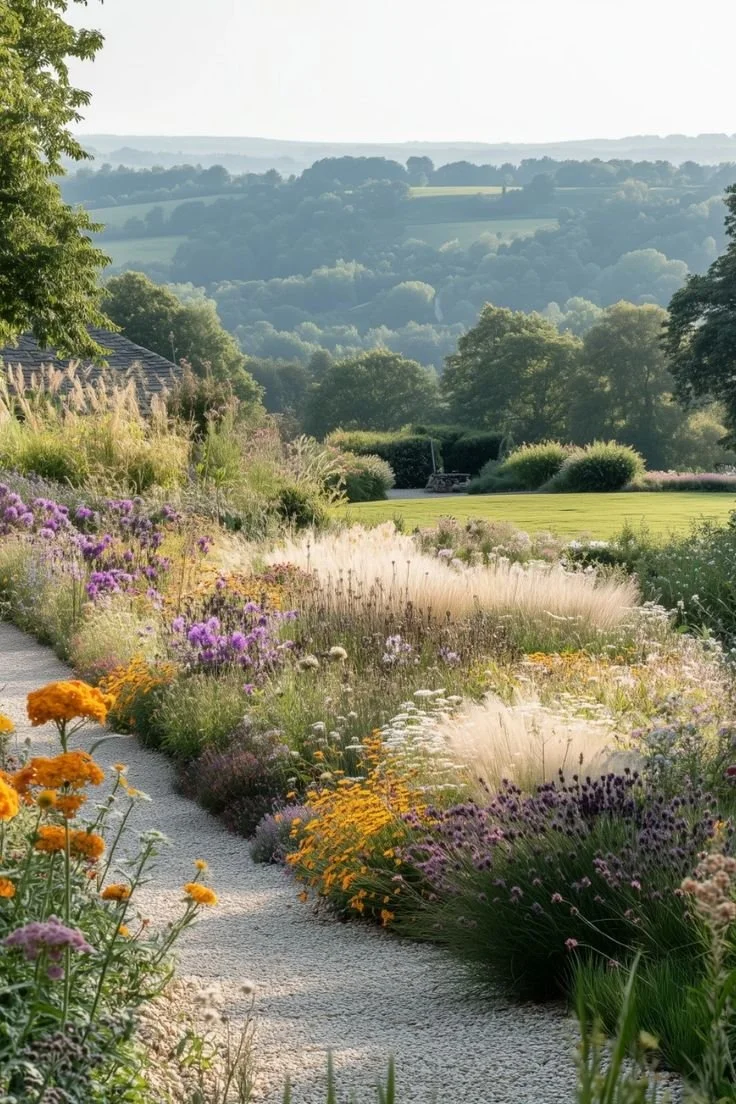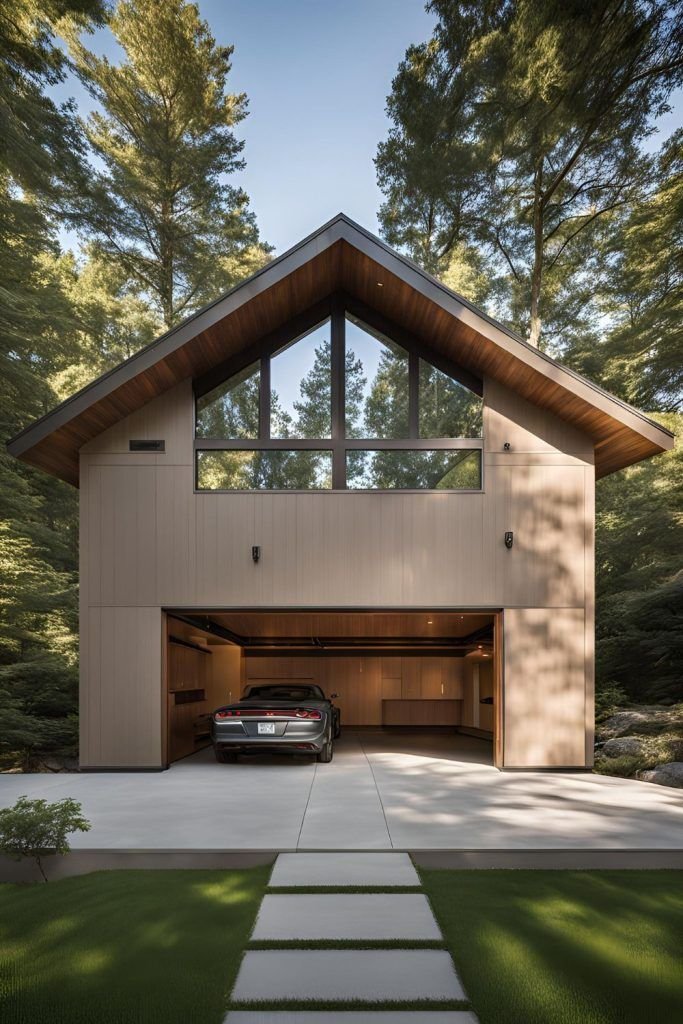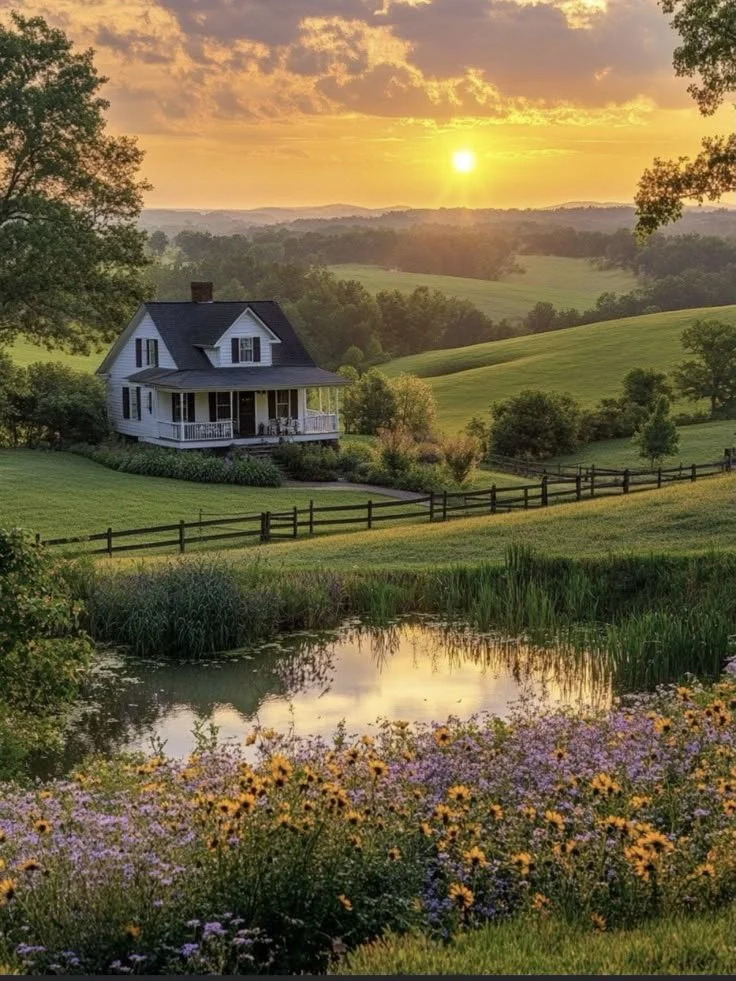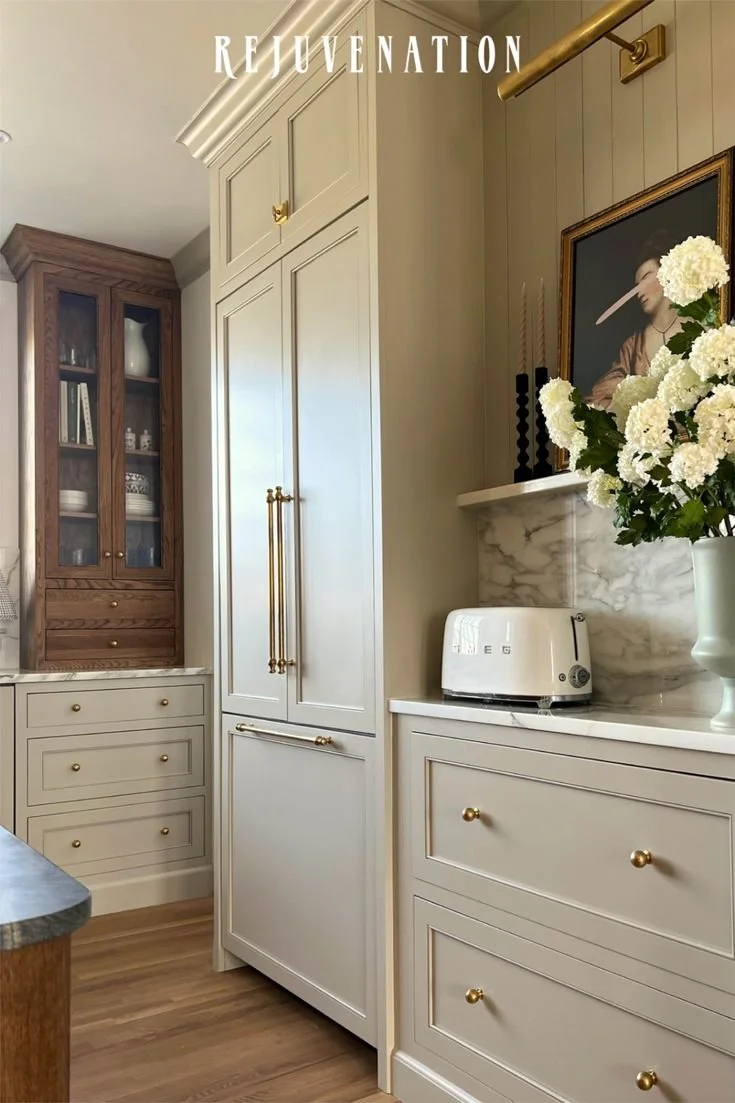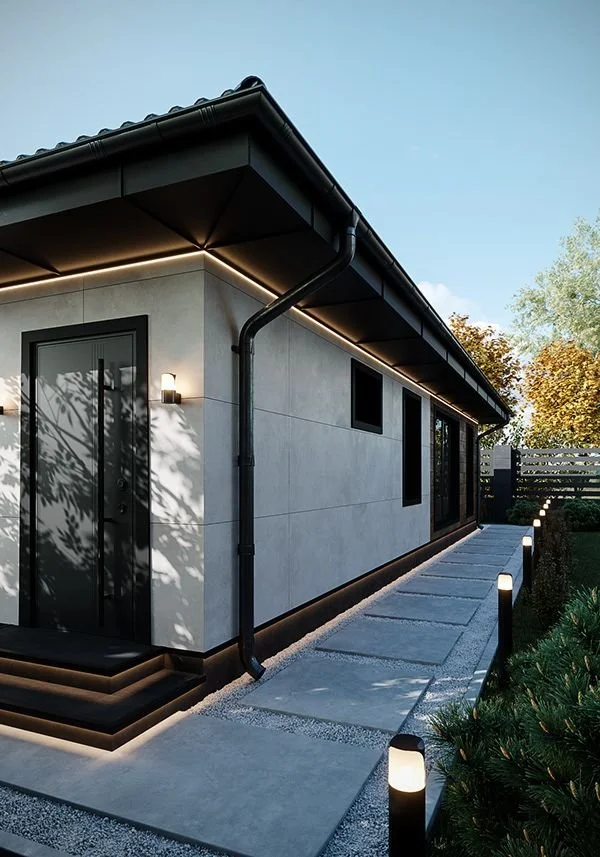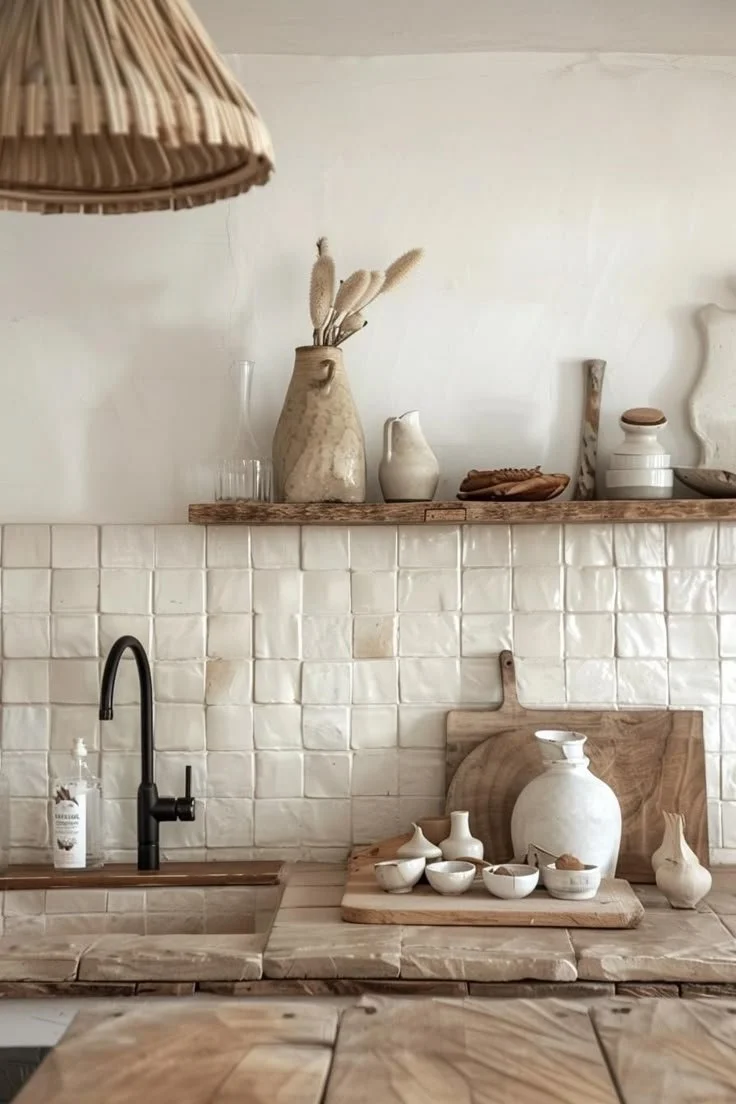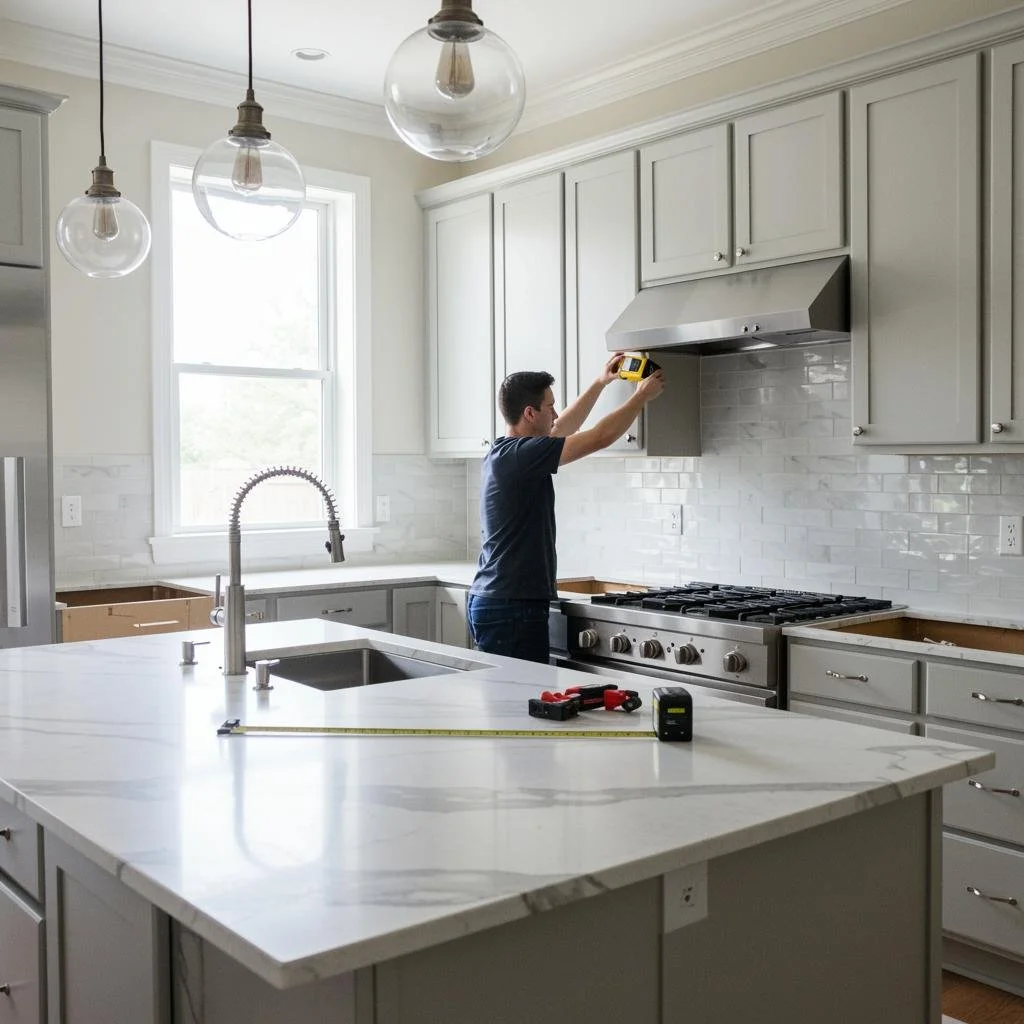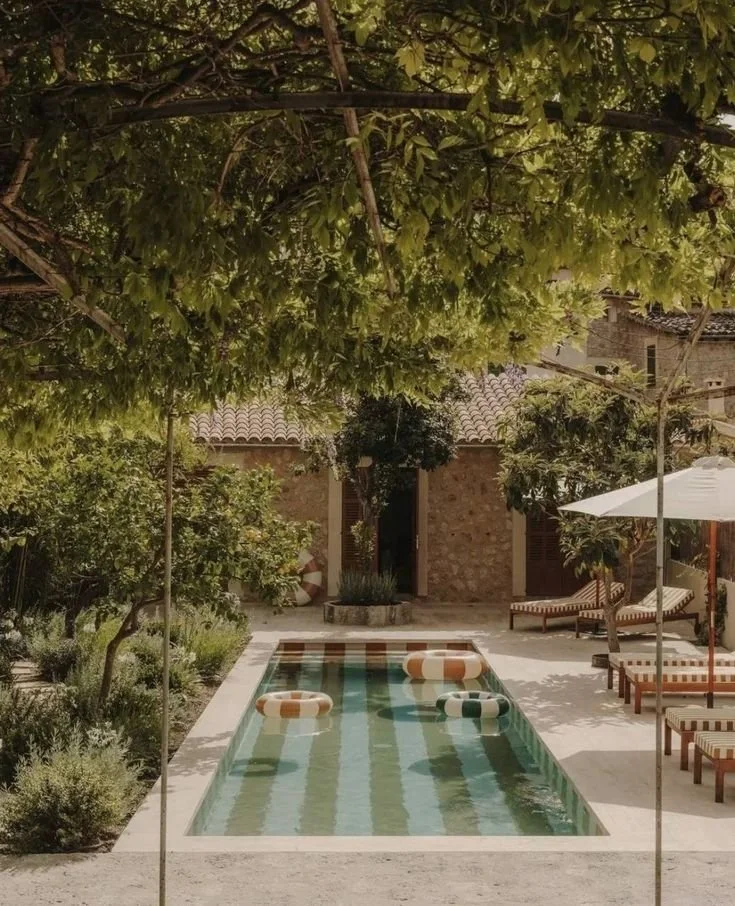Creating Serenity Spaces: Interior Design For Mental Health
Ready to transform your living space to support mental well-being? Interior design for mental health promotes serenity and tranquility, focusing on creating areas that foster a sense of calm and relaxation.
Whether you're dealing with stress or simply want to enhance the overall ambiance of your home, the right decor can make a significant difference. Thoughtful interior design choices contribute to keeping anxiety and distress at bay.
Interested in learning more about this growing trend? In this article, Beyond Blue provides expert advice on how you can use interior design strategies to improve your mental health and create serene spaces in your home.
No. 1
Understand the Purpose
The primary step in creating a serenity space is understanding its purpose: to evoke feelings of tranquility, promote mental well-being, and create a soothing environment.
What Makes a Space Serene?
A serene space blends comfort, practicality, and aesthetics. It uses calming colors, soft textures, and clean lines to evoke peacefulness and reduce stress.
What Are Some Design Choices?
Muted, Earthy Color Palettes: These tones, like soft blues, greens, and beiges, create a calming effect.
Natural Materials: Wood, stone, and other organic materials add warmth and grounding to the space.
Minimalist Furniture: Simple, functional furniture reduces clutter and promotes mental clarity.
Why Is Natural Light Important?
Natural light facilitates positivity and boosts mood. Incorporate large windows or use reflective surfaces to maximize the inflow of sunlight into your space.
How Do Plants Affect Serenity?
Incorporating plants into your design can produce a calming effect. They improve air quality and bring a natural, soothing touch to your surroundings.
What Role Do Personal Items Play?
Personal items can infuse meaning into your serenity spaces. Photos of loved ones or favorite artwork can boost contentment and feelings of peace.
No. 2
Select a Calm Color Palette
Chosen colors massively influence your space's tranquility. Subtle hues like blues, greens, and soft whites are known remedies for anxiety.
Avoid overly bright or dark shades, as they can induce stress rather than calmness. Balance is vital in representing calm and serenity in your space.
Tips for a Calm Color Palette
Monochromatic Schemes: Create harmony in visual flow, offering less distraction and fostering mental peace.
Accents in Furnishings: Use accessories with contrasting calm colors to refine the serene atmosphere without seeming too monotonous.
Soft Furnishings: Incorporating placid-colored throw cushions or rugs adds texture and warmth to your setting.
Natural Elements: Items like wooden furniture or stone décor have organic colors that provide a tranquil environment.
Ultimately, choosing a serene color palette can be therapeutic in developing mental positivity. Explore these suggestions to create your calm oasis.
Acknowledge that every individual has his/her unique relaxed vibe—your calming color may differ from another. The key lies in creating what feels peaceful for you.
No. 3
Incorporate Natural Elements
Integrating natural elements into your space significantly supports mental health. It sparks feelings of calm, balance, and refreshment, promoting overall wellness.
Elements like plants work wonders. Plants produce oxygen and reduce stress levels. A vase of vibrant flowers or a low-maintenance succulent may transform your ambiance remarkably.
Wooden décor pieces add homeliness. Wood has a grounding effect that eases anxiety. Think wooden furniture or decorations—each contributes to a serene space.
Natural Elements to Consider
Plants: Flowers or succulents reduce stress and produce oxygen.
Wooden Décor: Furniture or decorations made from wood ease anxiety and add homeliness.
Natural Light: Sunlight boosts mood and aids in regulating sleep cycles.
Water Elements: Aquariums or fountains soothe nerves and inspire creativity.
By incorporating these elements, you can create a serene environment that nurtures your mental health.
Terrain
Indoor and outdoor living, garden, and entertaining essentials that are well-designed, lasting, and beautiful
No. 4
Utilize Textures and Layering
Textures and layering can profoundly transform spaces. Different textures stimulate perception, creating an inviting atmosphere that supports mental health.
Fabrics and Rugs
You complicate decor when you neglect the power of soft, comfortable fabrics. Simple additions like velvet pillows or plush throws can change how a room feels.
Fabrics tell a story about the space, setting the mood and giving character. A cozy, well-placed shag rug from can enhance your living area's appeal.
Luxurious rugs or soft throw blankets engage the senses, augmenting serenity corners and boosting mood.
Natural fabric rugs or cozy plush options provide warmth and comfort, elevating your room’s vibe.
Experimenting with Fabrics
Don't be scared to mix fabric types. Oftentimes, the different textures create an inviting ambiance you will appreciate. Experimenting leads to unexpected design excellence.
Consider lightweight curtains to filter natural light gently into your rooms. The soft lighting created can uplift your mood and make you feel at peace.
Creative Use for Fabric
You can also use fabric in unconventional but tasteful designs. Think of draping walls or creating canopy-style ceilings to introduce a comforting touch.
These subtle design changes influence not only your aesthetic appreciation but also your mood and productivity levels. They provide anchoring points for visual rest.
No. 5
Wall Decorations
Incorporating textured wall art brings depth to your rooms. Opt for calming scenes or abstract pieces that promote relaxation and peace.
You can find various interior design styles online for inspiration. Whether minimal or eclectic, prioritize elements that soothe you.
No. 6
Optimize Natural Light
Inviting natural light into your space can tremendously impact your mood. Sunshine gently wakes you up and stimulates serotonin, the "feel-good" hormone.
Tips for Maximizing Natural Light
Light Window Treatments: Use sheer curtains or blinds that control light without obstructing it completely.
Mirrors: Reflect light to make a room appear brighter and more expansive.
Skylights: If possible, install skylights to allow maximum sunlight entry, promoting positivity and productivity.
Light Paint Colors: Reflect sunlight better than darker ones. Colors like white or pastel tones are excellent for creating brightness and spaciousness.
Create Open Spaces: Furniture arrangement is key as well. An uncluttered layout with open spaces allows natural light to flow freely, enhancing the serenity of your environment.
No. 7
Create Personal Retreats
Personal retreats are small corners within your home that allow you to relax and gather your thoughts. They are crucial for maintaining mental wellness.
Turning a small section of your home into a personal retreat is easy. The essence lies in incorporating objects that hold meaning to you.
How to Create a Personal Retreat
Comfortable Furniture: Opt for homely and comfortable furniture to ensure relaxation.
Color Psychology: Utilize colors that evoke calm, such as blue, green, or warm earth tones.
Air-purifying Plants: These not only boost oxygen levels but also provide a calming green color.
Personal Mementos: Include photos or souvenirs that evoke pleasant memories and feelings of peace.
No one knows better than you what brings serenity to your heart. Listen to yourself and incorporate those elements into your haven.
Creating an environment that makes you feel peaceful matters enormously. It contributes to your overall mental well-being by reducing anxiety and stress.
No. 8
Balance Elements on Ceilings
The ceiling is often neglected in interior design, but it can be repurposed to enhance serenity.
Ceiling Paint Colors
The color splashed across your ceiling can modify your feelings. Light, neutral colors promote relaxation while vibrant shades energize you. Bare in mind light colors make a room feel spacious, and darker ones create a cozy vibe.
Add Intriguing Textures
Textures on ceilings can grab attention. They can provide a source of visual interest by drawing upward sightlines. From decorative molding to bamboo mats, adding texture offers possibilities.
Eco-Friendly Materials
Select green materials for your ceiling. Options include reclaimed wood or recycled metal tiles. Not only do they look beautiful, but they also positively impact the environment. This decor speaks to sustainability, linking you even closer to nature–a perfect mental health booster.
Consider Soundproofing
Ideal for those seeking peace and quietness. The addition of soundproof insulating materials helps control external noise pollution. Muffling external clatter will allow for an undisturbed, tranquil space–perfect for meditation and restful sleep.
Creating a serene environment significantly impacts your mental well-being. One effective way is by using comforting fabrics in your interior design plan.
No. 9
Use Art for Expression
Art has a profound power to convey emotions and foster mental well-being. It brings color and character to spaces while cultivating tranquility and creativity.
From wall paintings to sculptures, artsy touches can add unique aspects to your space. They become the reflection of your personality and your emotional state.
The beauty of art is in its flexibility—it can be anything that resonates with you personally. It's an opportunity to express yourself freely in your environment.
Designing with art is more than aesthetic appeal—it's also about the feeling it instills. It can elicit calmness, inspire positivity, and create a sense of balance.
Types of Art to Consider
Reflection Art: Mirrors or abstract pieces that provide self-reflection.
Calm Landscapes: Natural scenarios that induce peaceful vibes.
Inspiring Quotes: Motivational sayings that augment positive thinking.
Family Photos: Memories that bring warmth and love into your space.
The selected art pieces not only enhance the visual appeal but also contribute significantly to the emotional value of their surroundings. They should represent relaxation and peace.
An excellent guide would be an article on the psychology of design, shedding light on how art contributes positively to mental wellness.
To keep your mind at peace, consider integrating art that speaks to you into your interior design. Let your living spaces reflect, nurture, and enhance your mental health.
Takeaways
In making your own serene space, remember these tips. Your interior design choices can significantly affect your mental health, so choose wisely. By incorporating natural elements, optimizing natural light, and using calming colors, you can create a space that promotes mental well-being and serenity.
Looking For Home Resources?
Looking to enhance your living space and create a sanctuary that supports your well-being? Explore our home partners who offer a wide range of resources to elevate your home environment.



